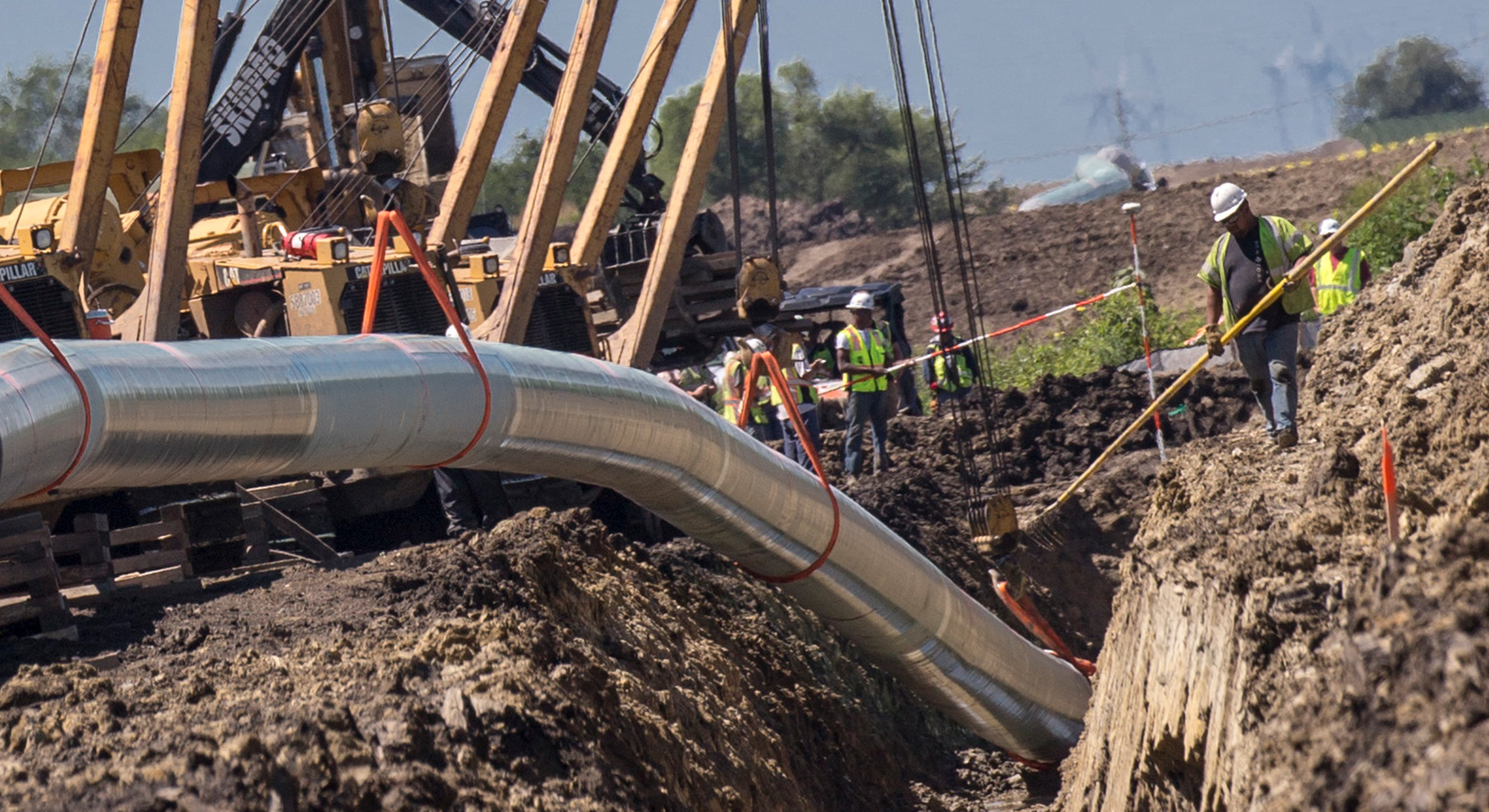U.S. Natural Gas Exports Hit Record 21 Bcf/d in 2023, Led by LNG and Pipelines
(P&GJ) — According to the U.S. Energy Information Administration (EIA), the United States marked a record volume of natural gas exports in 2023, buoyed by robust liquefied natural gas (LNG) shipments and steady pipeline deliveries to neighboring countries. The latest data from the EIA’s Natural Gas Monthly report shows the U.S. exported a staggering 20.9 billion cubic feet per day (Bcf/d), reflecting a notable 10% increase from the previous year.
LNG Exports:
LNG exports played a pivotal role in driving the surge in total U.S. natural gas exports, witnessing a substantial 12% rise from 2022, reaching an impressive average of 13.6 Bcf/d in December 2023 alone. Since the commencement of LNG exports from the Lower 48 states in 2016, the U.S. has progressively supplied nearly half of Europe's LNG imports.
Pipeline Exports:
Simultaneously, pipeline exports to Canada and Mexico also experienced significant growth. Exports to Canada surged by 7% to 2.8 Bcf/d, with the Northeast region contributing substantially to the increase. Meanwhile, exports to Mexico saw an 8% uptick, reaching 6.1 Bcf/d, predominantly driven by expansions in West Texas.
Northeast Pipeline Expansion:
The Northeast region witnessed a remarkable uptick in natural gas exports to Canada, soaring by over 15% in 2023. Most pipeline exports to Canada originate from New York and Michigan, serving as vital conduits for the transnational natural gas trade.
Texas-Mexico Pipeline Growth:
The Lone Star state bolstered its pipeline exports to Mexico by 9% in 2023, particularly from West Texas, where a 20% surge in exports was observed. This growth underscores the increasing significance of Texas as a key supplier of natural gas to its southern neighbor.
Historical Context:
The U.S. has been netting more natural gas exports than imports since 2017, a trend unseen since 1956. Despite this, the U.S. continues to import 8.0 Bcf/d of natural gas, primarily from Canada, to support seasonal demand fluctuations.
Challenges and Disruptions:
Challenges such as milder winter weather and disruptions like wildfires in western Canada impacted natural gas imports from Canada, causing a 3% decrease in 2023. LNG imports, while smaller, provide critical supply support, especially during peak demand periods in the Northeast. However, warmer temperatures in 2023 led to reduced LNG imports compared to the previous year.
In essence, the surge in U.S. natural gas exports in 2023 underscores the nation's growing prominence as a global energy exporter, driven by both LNG and pipeline shipments, while also navigating through various regional and seasonal challenges.
Related News
Related News

- Kinder Morgan Proposes 290-Mile Gas Pipeline Expansion Spanning Three States
- Valero Plans to Shut California Refinery, Takes $1.1 Billion Hit
- Three Killed, Two Injured in Accident at LNG Construction Site in Texas
- Tallgrass to Build New Permian-to-Rockies Pipeline, Targets 2028 Startup with 2.4 Bcf Capacity
- TC Energy Approves $900 Million Northwoods Pipeline Expansion for U.S. Midwest
- New Alternatives for Noise Reduction in Gas Pipelines
- EIG’s MidOcean Energy Acquires 20% Stake in Peru LNG, Including 254-Mile Pipeline
- Construction Begins on Ghana's $12 Billion Petroleum Hub, But Not Without Doubts
- DOE Considers Cutting Over $1.2 Billion in Carbon Capture Project Funding
- Valero Plans to Shut California Refinery, Takes $1.1 Billion Hit





Comments